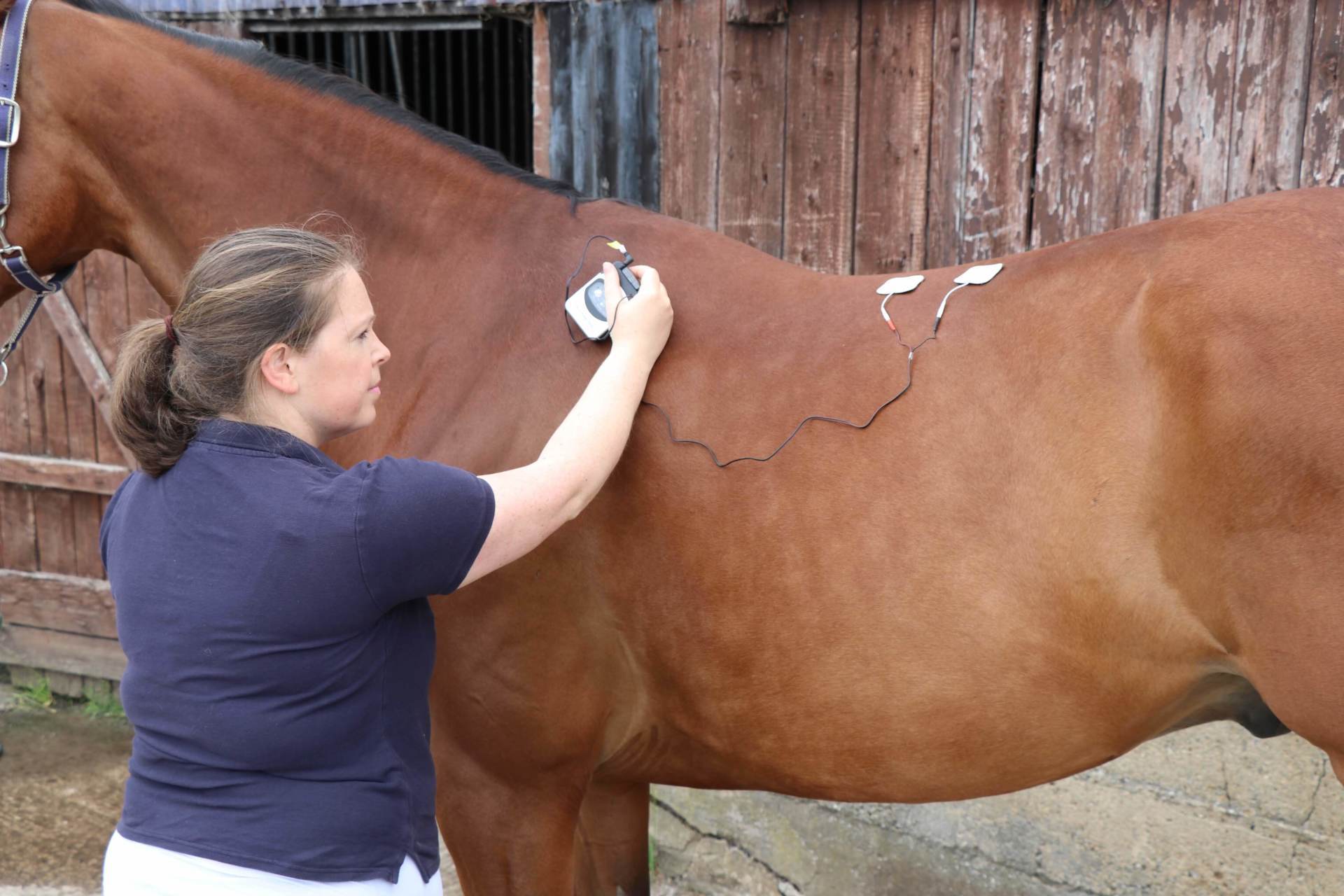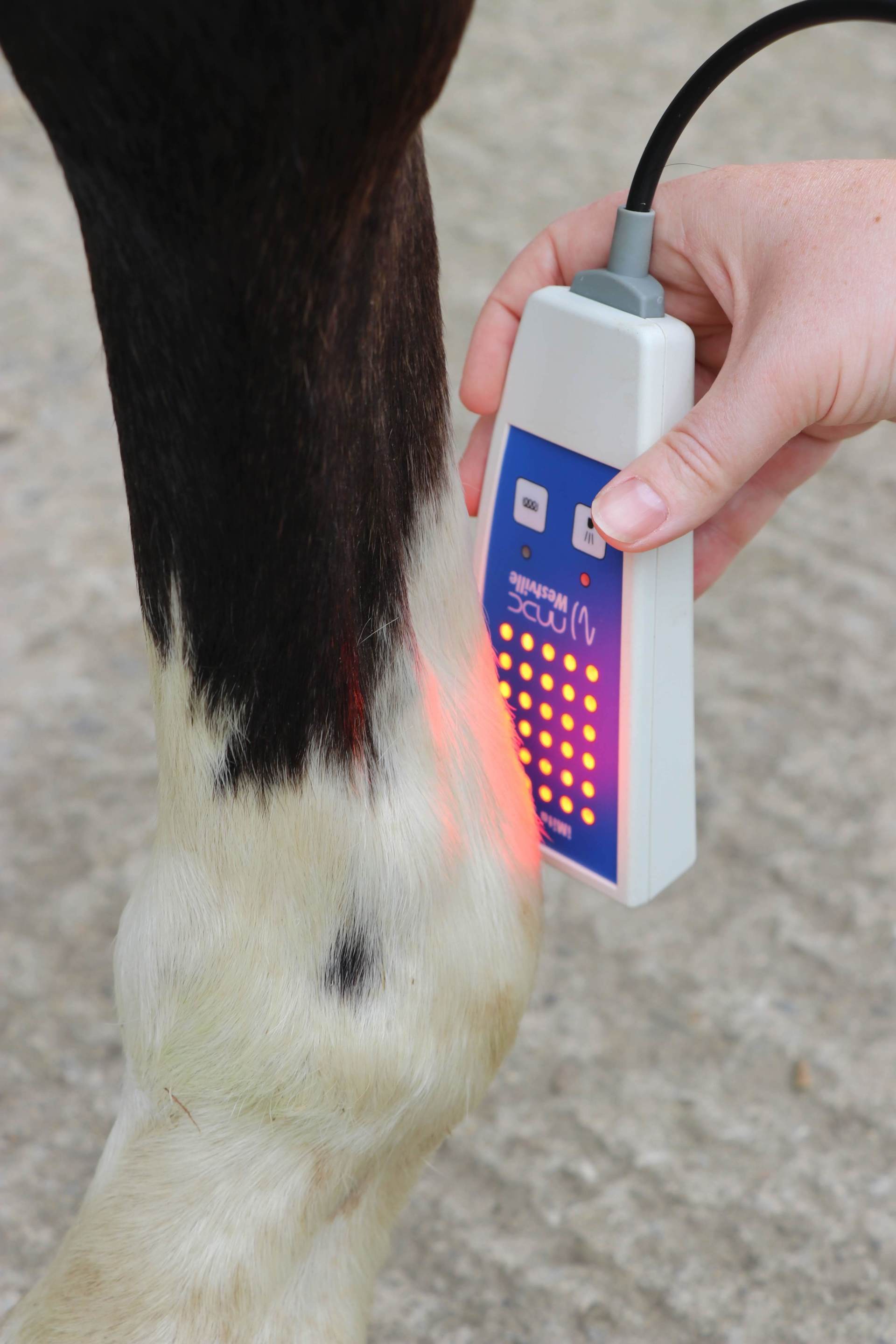Equine Physiotherapy Treatment
Physiotherapy and Rehabilitation For Your Horse
Based in Harrogate, horse physiotherapy treatments are carried out throughout Yorkshire.
I often get clients come to me when their horses have started to show the behavioural changes (listed below). I am a strong believer in being proactive rather than reactive when it comes to treating animals. I believe that you should have regular horse physio appointments as a routine task, just as you get the farrier or dentist. Horses are flight animals and as such have evolved to not show pain/discomfort to avoid getting eaten!
I also think it's extremely useful to educate owners on how they can help their horses, whether it's changing from a haynet to a haybar or just doing a few simple exercises daily to keep your horse supple. I find when an owner works with me, we get the best results.
An initial appointment will usually take 1 hour 30 minutes and I will always follow up in 7 to 10 days with a second appointment which takes 45 minutes to an hour. I find it extremely beneficial to me, the horse and the owner when coming back after a week as it enables me to see where we stand and then build an accurate treatment/maintenance plan going forwards.
A horse physiotherapy consultation comprises of the following.......
Assessment:
- Detailed discussion of patient history.
- General health check & conformational analysis.
- Gait analysis & lameness assessment.
- Patient assessment summary.
- Palpation of all muscles to identify muscle asymmetry, tone, lesions.
- Joint range of motion assessment.
Treatment:
- Massage & soft tissue techniques.
- Electrotherapies, where applicable.
- Joint mobilisations/stretches.
Aftercare:
- General verbal aftercare regime - given on the day.
- Detailed written aftercare regime - sent via email up to a week post consultation.
Signs Your Horse May Require A Physiotherapy Treatment
- Behavioural Issues - rearing/bucking/napping.
- "Cold-backed".
- Loss of performance.
- Disunited in canter/difficulty gaining correct lead/lack of power.
- Tripping/stumbling.
- General stiffness.
- Poor/weak top-line.
- Muscle atrophy (loss/wastage).
- Saddle issues - slipping/poor-fit.
- Specific conditions e.g. sacro-illiac disease, tendon/ligament injuries, kissing spines, arthritis etc.


